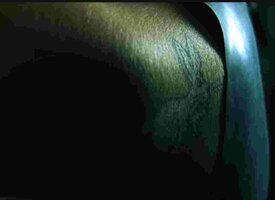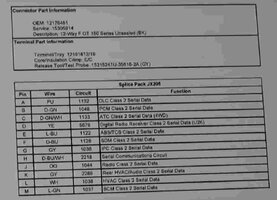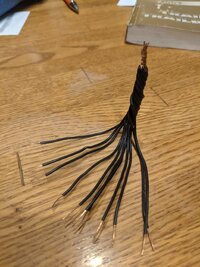If a bad module can potentially take down the data bus, and the module isn't necessary to me, can it be removed? For example, I have no need for the four-wheel drive when I have bigger fish to fry right now. If I simply unplug the tccm, a scan will of course show the u1000 error, for example, from no communication with the tccm. However, if it's left plugged in, it seems to affect the ability to communicate with other modules.
Is there a way to take it off the network or is it something the PCM will always be looking for? I'm not sure if removing it from the splice pack would be part of that or if that's even an option. I've read about unplugging the comb and jumping the pins etc to find the problem module, but let's say it turned out to be the tccm and there was no interest in replacing it if the vehicle was left in 2hi. Would simply unplugging it and letting it give the data bus error code be the way to go or is there a way for it to be temporarily taken out of the picture?
Additionally, if my radio itself is shorted out, and not the wiring, unplugging that gives the loss of communication code with radio also. My question applies to this scenario as well.
I'm not clear on what is affected with a bad module knowing it can take down the data bus communication. If it's unplugged is that the same as having it plugged in with it being faulty? I guess that's why I was asking about removing it completely from the situation.
Is there a way to take it off the network or is it something the PCM will always be looking for? I'm not sure if removing it from the splice pack would be part of that or if that's even an option. I've read about unplugging the comb and jumping the pins etc to find the problem module, but let's say it turned out to be the tccm and there was no interest in replacing it if the vehicle was left in 2hi. Would simply unplugging it and letting it give the data bus error code be the way to go or is there a way for it to be temporarily taken out of the picture?
Additionally, if my radio itself is shorted out, and not the wiring, unplugging that gives the loss of communication code with radio also. My question applies to this scenario as well.
I'm not clear on what is affected with a bad module knowing it can take down the data bus communication. If it's unplugged is that the same as having it plugged in with it being faulty? I guess that's why I was asking about removing it completely from the situation.








